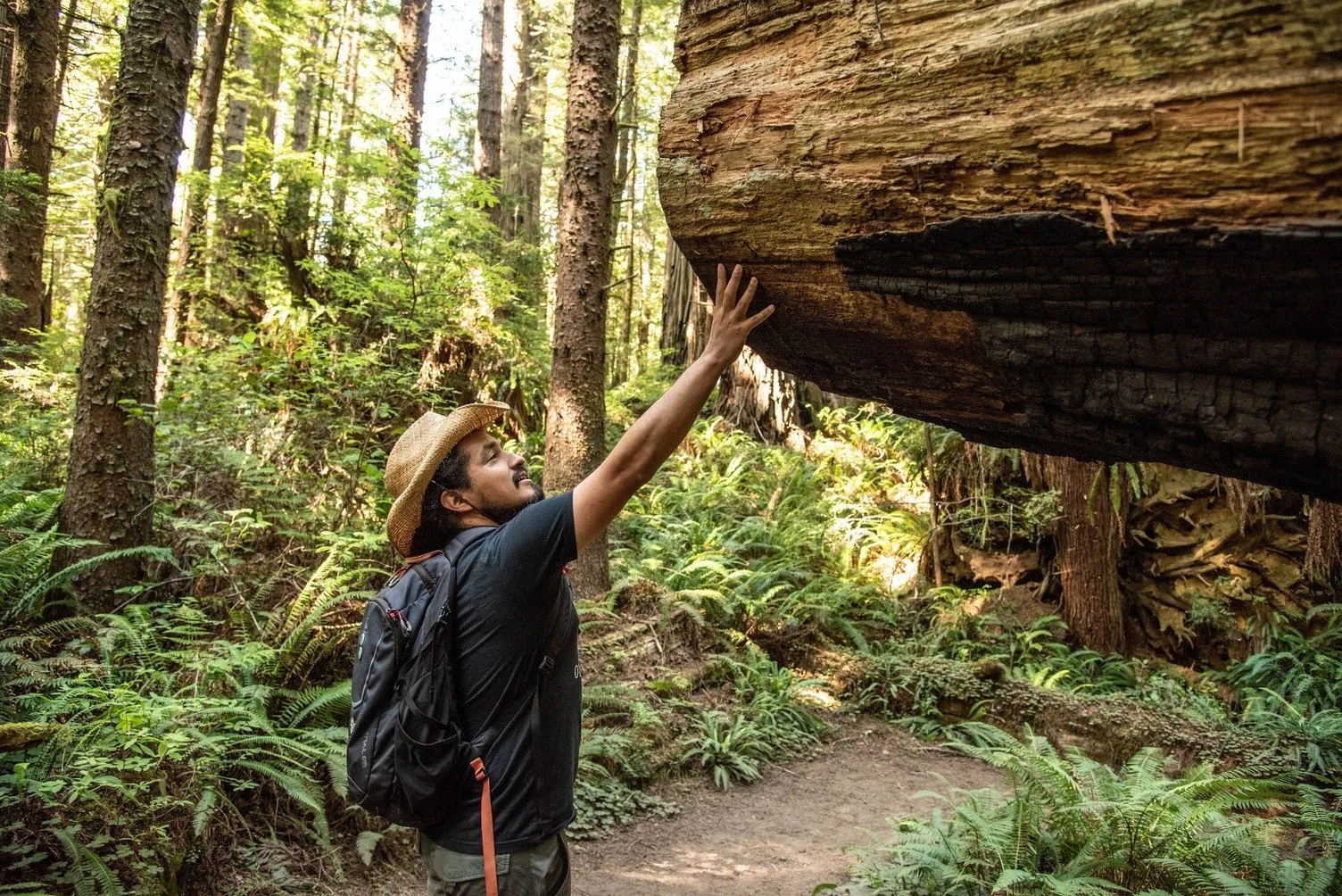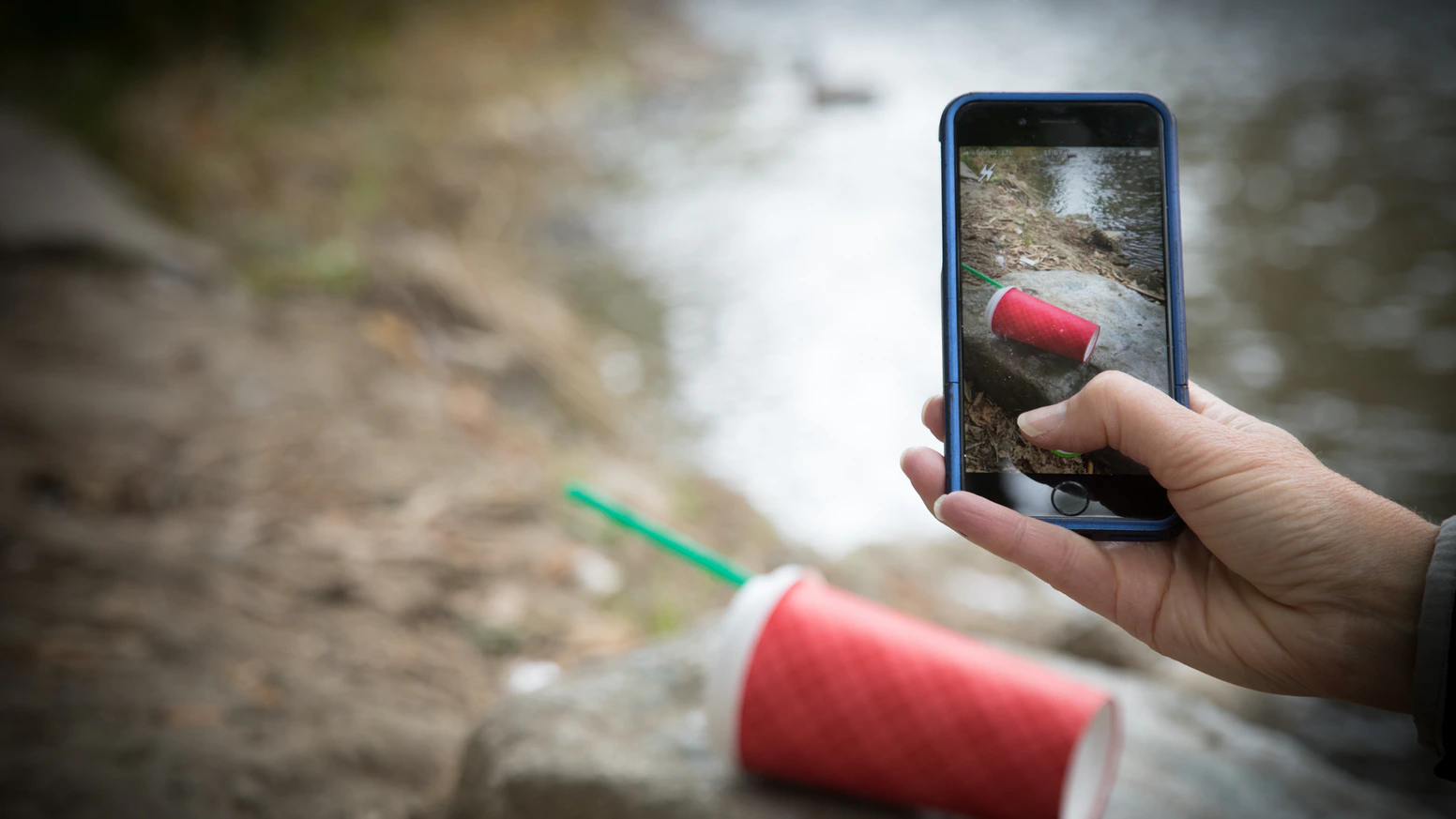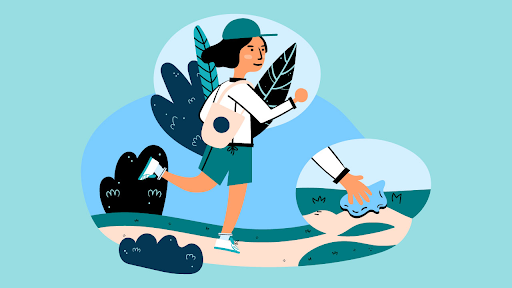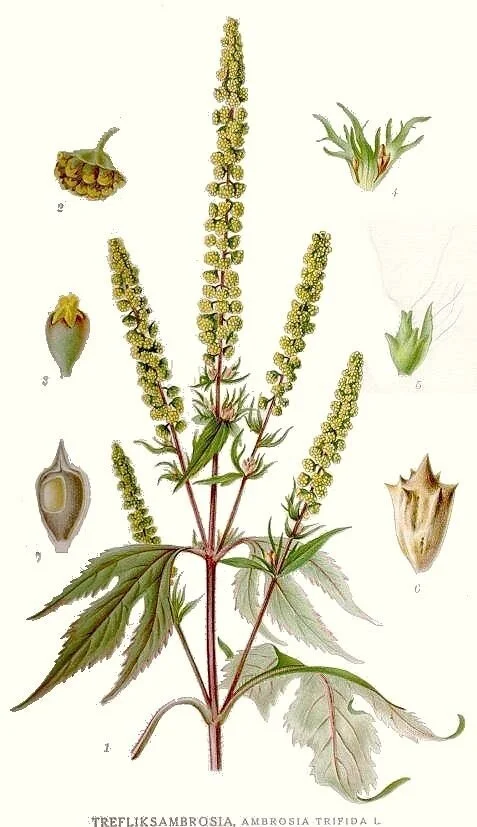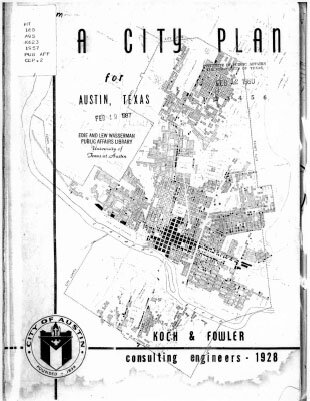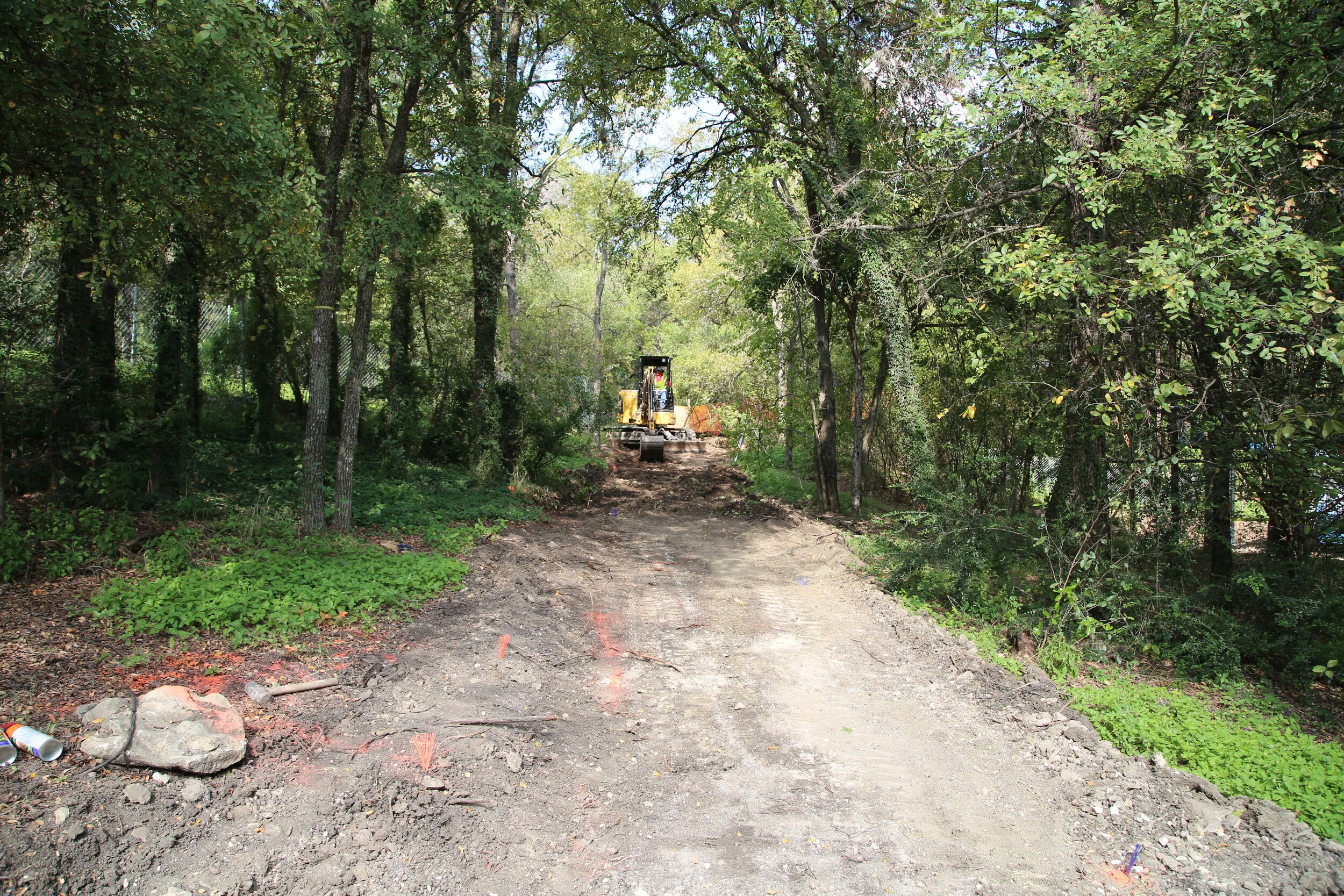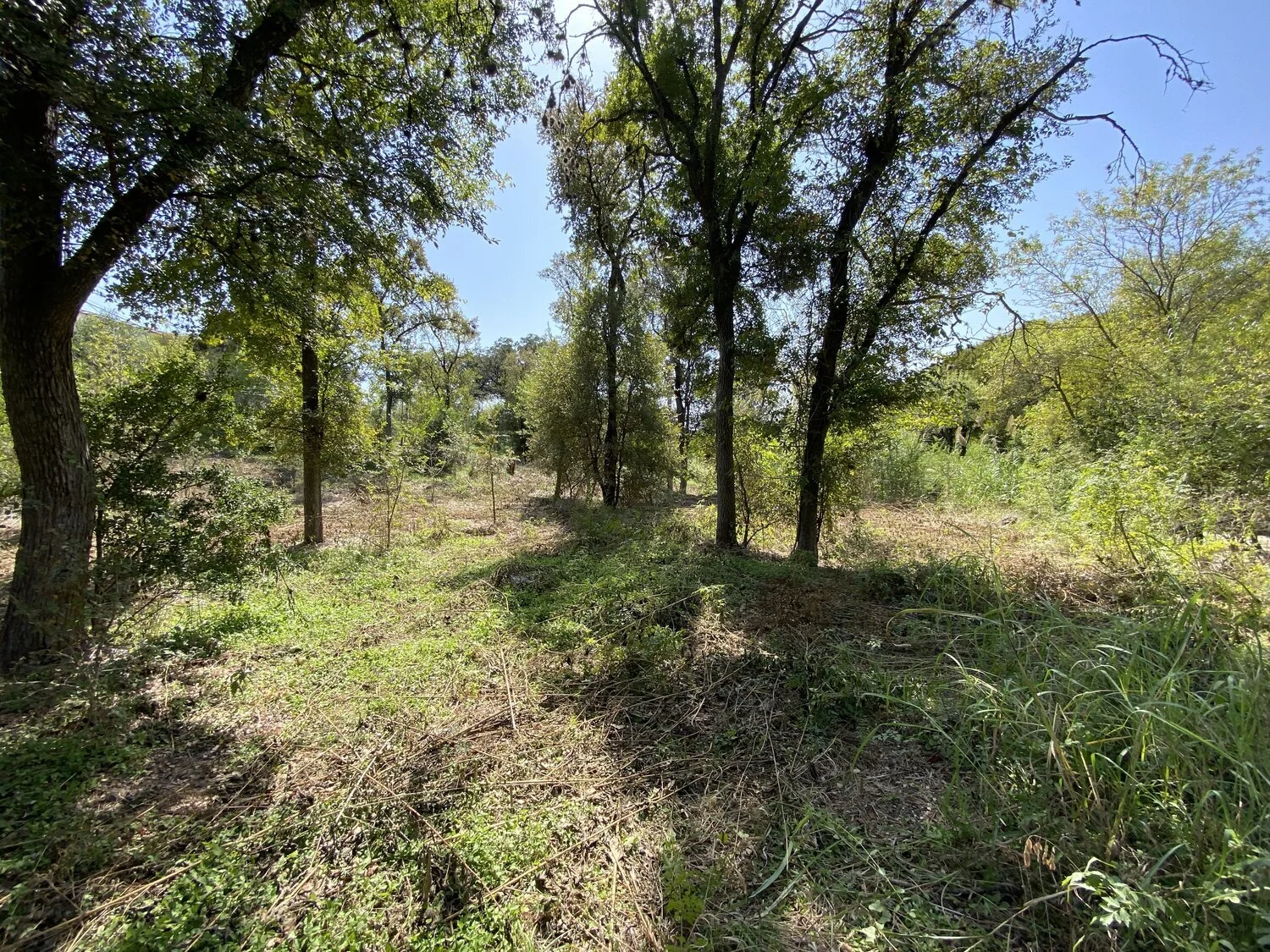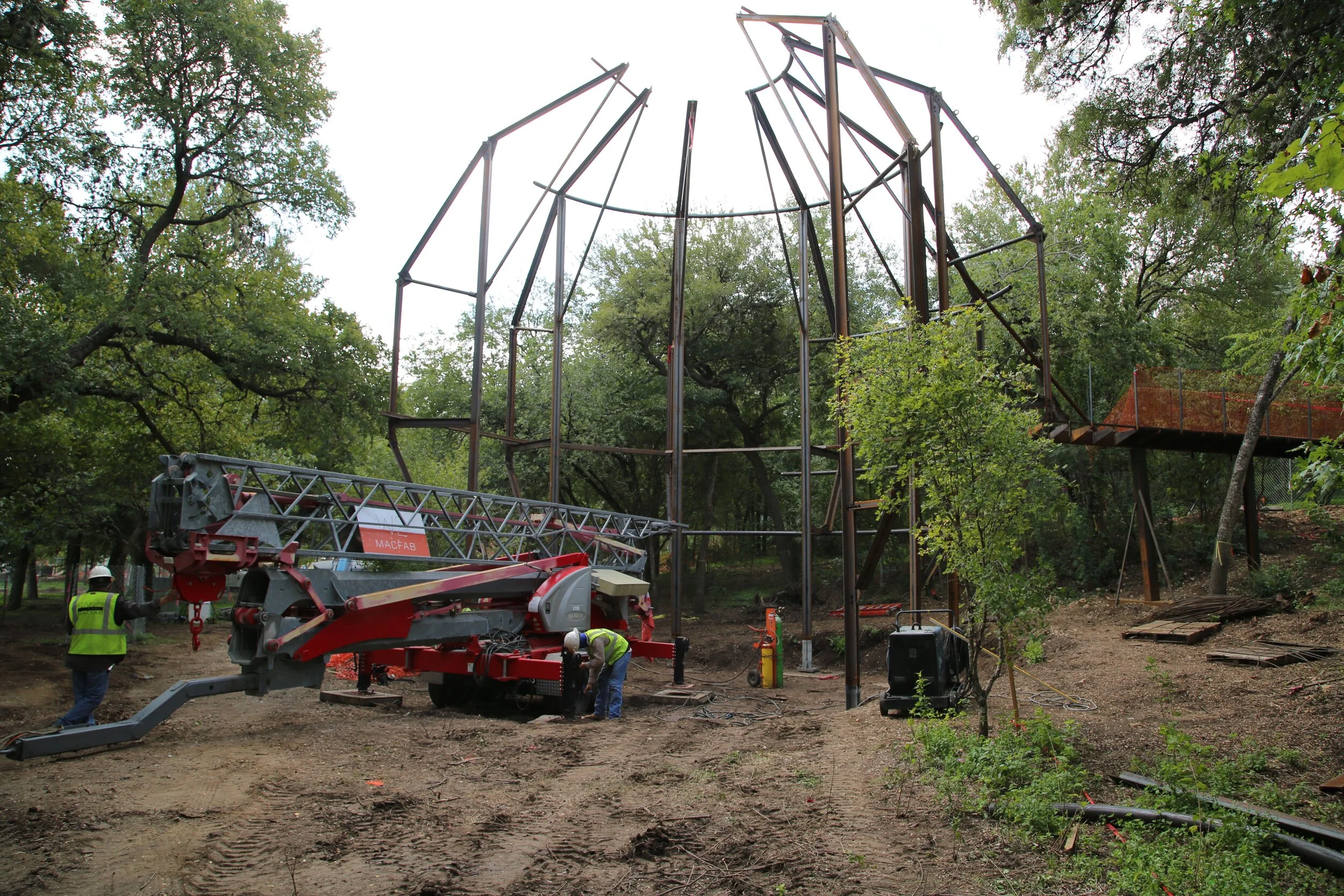ABOUT LITTER IN THE PARK
It is vital that we keep Pease Park free from debris in order to maintain the health of our urban watershed. All living things in the world benefit immensely from watersheds, and regardless of location, exist and interact daily with one. Watersheds are areas of land that vary in size but share the common purpose of draining water to rivers and creeks and eventually to larger bodies of water such as lakes and oceans. Pease Park parallels Shoal Creek, a stream and urban watershed that continues south and flows into Lady Bird Lake which eventually empties into the Colorado River, from which much of Austin receives its drinking water! It is important to maintain the health of all watersheds and free them of debris, as a healthy watershed is responsible for improved water quality, carbon storage opportunities, providing nutrients for plants, increased resilience to climate change threats, reduced drinking water treatment and infrastructure costs, and reduced flood mitigation cost.
Litter is just one cause of urban watershed degradation, but is something we’re hoping our DIY volunteers can help us combat! Texas Disposal systems define litter as the improper disposal of waste products. Littering can happen intentionally or unintentionally, but both have environmental consequences. In a study by Keep America Beautiful, researchers found that the most littered items include: cigarette butts, food wrappers, plastic bottles, disposable cups, grocery bags, straws, beverage cans, tire and vehicle debris. The health of Pease Park, its frequent visitors, and the surrounding community are vulnerable to the negative impacts of litter. Litter is often linked to air, water, and soil pollution, leading to contamination of our air and water resources as well as a hazard to wild and domestic animal populations
LITTER CLEANUP INSTRUCTIONS
When picking up litter, it is recommended that you wear thick, gardening gloves, but any plastic glove will also do. Make sure to use a disposable bag that you can tie and dispose of properly beside or in any park trash can when finished. Litter pickup sticks can also be really helpful, as they are designed so that you can grab litter without bending down or touching it with your hands. Check out our Do’s and Don’t list below for further instructions on our DIY litter pickup event.
Map of trash cans in the park
WAYS TO MAKE LITTER CLEANUP FUN
#1 TRACKING YOUR IMPACT BY USING THE APP ‘LITTERATI’
One way that we recommend making litter pick up a bit more fun is by downloading the app Litterati, an app that is empowering individuals to make a significant, measurable impact on the environment. Much like we use apps to track our steps, Litterati can be used to track litter pick up in order to help individuals stay motivated, see their direct impacts, and challenge friends to do the same!
There are six easy steps while using the app:
Photograph a piece of litter.
Find a discarded coffee cup, crushed soda can, candy wrapper, or any other piece of litter & take a picture.
Discard Properly & Tag the Photo.
The app automatically geo-tags the image & the LitterAI tool recommends tags for what kind of litter it is. Confirm the tags to help the LitterAI keep learning.
Make sure to properly dispose of litter using the recommended ‘Do’s and Don’ts’ list below.
Invite or Challenge Others.
Want to collaborate (or compete) with others to help keep your street, neighborhood, school grounds, or city clean? Litterati can help you team up!
After you make your profile, make sure to join Pease Park’s litter pickup challenge by using our 2021 DIY challenge code 802865!
Use LitterData to Inspire Change.
Litterati members all over the world have been able to use LitterData to get companies, organizations, and governments to create positive environmental policy changes. You can too!
Grow your impact.
Watch over time as your personal impact, the impact of your local community, and the worldwide Litterati team grows to make the Earth clean, healthy, & beautiful.
Share your impact.
While everyone else shows off their vacation pics, and what they ate for dinner, spread the word about the positive impact you're contributing to the planet.
Use our hashtag #PeaseDIY and tag us @peasepark on Instagram to share your litter cleanup photos. Connect virtually with other volunteers and create challenges with each other!
Where To Download
#2 PLOGGING
”Plogging” is a movement started in Sweden in 2016 that adds to the growing list of creative ways to help solve our plastic problem. A combination of jogging and plocka upp, Swedish for “to pick up,” plogging entails jogging and quickly stopping to pick up trash while you go.
Ploggers typically bring gloves and a trash bag, and as they see litter while jogging, they simply pick it up. If you’re not much of a jogger, that’s okay! With plogging, the idea is to simply get you outside, as any sort of exercise while picking up litter is beneficial to not only you, but the environments that you are helping to clean up. You can go plogging on your morning strolls, walks, jogs, runs, or even while walking your dog. Overall, we want volunteers to just have fun being outside and connecting with nature. And because we sadly can’t be plogging together right now, we encourage volunteers to connect with us virtually. Tag @peasepark on instagram and use the hashtag #PloggingAtPeasePark to see and connect with other local ploggers!
Check out this helpful NBC article for more information on Plogging!
DO’S AND DON’TS
Here’s a quick list of some “Do’s and Don’t’s” when picking up litter in the park.
Do:
Do practice safe distancing at all times & wear a face covering and gloves
Do wear long pants and closed-toed shoes if going off trail
Do watch out for, and avoid, Poison Ivy - “Leaves of Three, Let It Be”
Do wear sunscreen and stay hydrated
Do dress appropriately for the weather
Do pick up common litter items such as Cigarette butts, Food wrappers, Plastic bottles, Disposable cups, Grocery bags, Straws, Beverage cans, Tire and vehicle debris
Do properly dispose of litter
Don’t:
Don’t take any action that jeopardizes your health & safety, or the health & safety of others
Don’t leave gloves, trash bags, or other items in the park
Don’t pick up hazardous items such as broken glass, razor blades, syringes, hazardous household products, dead animals, condoms, all unlabeled jugs, bottles, and drums, etc. (if you find hazardous items in the park please report to the city by calling 3-1-1, or emailing us.)
Don’t approach encampments in the park
STAYING CONNECTED
We love to see what our volunteers are up to! Follow and tag @peasepark on Instagram with your before and after photos of your DIY volunteer contribution of litter cleanup, or even cool flora and fauna that you come across, selfies, pictures of your dog, etc. Make sure to also use the hashtag #PeaseDIY to connect with and see what other volunteers are up to!




